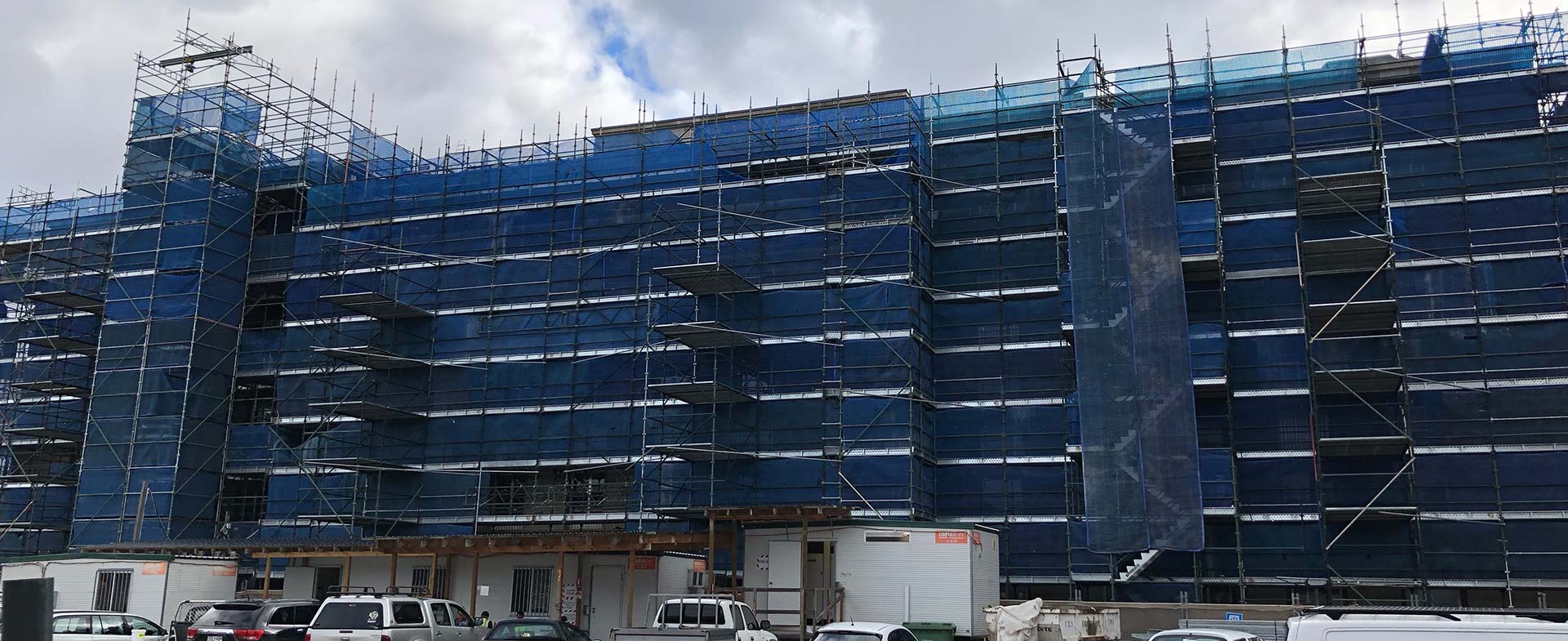In the fast-paced world of industrial construction, scaffolding serves a key role in facilitating projects progress effortlessly and safely. With demands for taller structures and faster turnaround times rise, incorporating appropriate scaffolding systems into your project schedule is. Understanding what commercial scaffolding entails and why is crucial to your project can lay the groundwork for enhanced safety, compliance, and overall success.
In this article, we will dive into multiple aspects of commercial scaffolding, including its types, safety advantages, and the significance of complying with regulations. No matter if you are organizing a major construction project or a smaller renovation, having the appropriate scaffolding system in position can greatly impact productivity and safety on the job site. Including overseeing set-up times to comprehending permits and inspections, this guide will offer the information necessary for effective scaffolding integration into your project schedule.
Grasping Business Scaffold Systems
Commercial scaffolding is a specialized system created to provide temporary support and access for construction projects. It is essential for supporting work at height, ensuring that building teams can securely reach different levels of a structure. This type of scaffold system is essential for a wide range of applications, from high-rise buildings and factory sites to retail spaces and gathering venues. Grasping the unique demands of business projects allows firms to choose the suitable scaffold system solution that meets their particular needs.

There are several varieties of scaffold systems used in corporate projects, each offering distinct advantages based on the scale and nature of the work. Some typical forms include system scaffolding, framed scaffold systems, and pipe and clamp scaffold systems. Each form is built to maximize stability and safety, while also allowing for versatility and easy setup on site. Knowing the differences between these scaffold systems forms can assist project managers in choosing the most fit-for-purpose system for their particular environment.
As business development continues to advance, the significance of scaffolding becomes increasingly significant in meeting safety and compliance regulations. Effective scaffold systems not only enhances work site safety by providing secure access but also supports efficient workflows. It allows workers to operate at optimal levels, ultimately leading to timely assignment delivery. By incorporating https://milsaver.com/members/templeside7/activity/1899843/ into the task timeline, firms can reduce risks and ensure that their commercial projects proceed smoothly.
Security and Compliance in Scaffold Structures
Ensuring safety and compliance in scaffolding is essential for any business project. Complying with safety regulations not only protects employees and also minimizes the chance of lawsuits. The OSHA has established particular regulations that govern scaffolding use, including design criteria, load capacity, and educational criteria. Compliance with these regulations shows a commitment to creating a protected job site, which is vital for maintaining employee morale and efficiency.
To boost safety on scaffolding, it is crucial to conduct regular inspections and maintenance. Continue should establish a strong safety inspection protocol that assesses for potential hazards such as building integrity, appropriate construction, and defects to parts. These inspections should be logged to ensure accountability and to provide a detailed record of safety measures. Additionally, creating a climate of safety where employees feel motivated to report issues can significantly enhance overall safety on the worksite.
Training is a vital aspect of regulation that must be prioritized. All crew members operating in proximity to scaffold systems need to receive appropriate training that includes safety procedures, appropriate handling of equipment, and recognition of hazards. This training not just helps in satisfying regulatory standards but also equips workers with the insight required to manage potential risks successfully. Offering comprehensive scaffold training ensures that workgroups are ready and reduces the likelihood of accidents, thereby strengthening the safety framework of the project.
Project Management and Logistics
Successful project planning and logistics are essential in guaranteeing the efficient integration of support structures into business construction projects. A comprehensive assessment of the site is necessary to determine the suitable scaffolding system, taking into consideration elements such as site access, structural load limits, and the distinct requirements of the project. Working together with construction managers and site supervisors can help tailor a scaffolding solution that meets and safety standards and project timelines. Additionally, having a plan for material delivery and equipment setup can reduce delays and disruptions on busy sites.
Communication with various stakeholders is also essential during the planning phase. Communication between scaffolding crews, safety officers, and other trade professionals ensures that everyone is on the same page on the project goals and timeline. This collaboration helps to foresee likely challenges, such as site constraints or scheduling conflicts, allowing for preventive solutions to be put in place. Clear roles and responsibilities should be established, ensuring that each team member knows their contributions to the overall project success.
Ultimately, managing scaffolding logistics involves careful scheduling of installation and removal operations to enhance workflow. This includes taking into account peak construction times, which can dictate when scaffolding setup occurs without impacting other trades. Utilizing modular scaffolding can accelerate the process, allowing for fast assembly and disassembly. Tracking equipment usage and hiring timelines can also help to effective project management, ultimately leading to cost savings and enhanced productivity on the job site.
